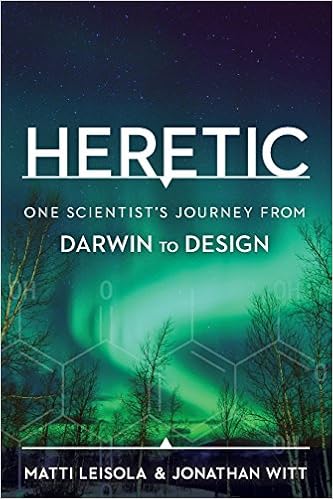Matti Leisola, author of Heretic: One Scientist’s Journey from Darwin to Design, offers some thoughts on the recent announcement:
I am an enzyme bioengineer, so I greeted with enthusiasm Wednesday’s announcement… that part of the 2018 Nobel Prize in Chemistry went to a fellow enzyme bioengineer. She is Frances H. Arnold, a professor of chemical engineering at Caltech.
…
There is one point of confusion in descriptions of this year’s prize winners. It’s the talk of “directed evolution.” The Nobel Prize organization itself has encouraged such talk.
If it is “directed” by researchers engineering the rates for specific purposes, sorting according to specific goals, it isn’t “evolution” in the usual schoolbook sense at all. It is more like plant breeding.
In his book The Edge of Evolution biochemist Michael Behe draws upon research on E. coli, malaria, and HIV mutations. From this he calculates the upper limit for a random mutational process in nature at two to three simultaneous mutations in one protein. This is in harmony with Barry Hall’s results with lactase mutations.
Bioengineers, including the 2018 Noble Laureates in Chemistry, are demonstrating a way beyond this limit — intelligent design. These brilliantly designed experiments involve mutation rates artificially engineered to occur at 10,000 to a million times the rate typical in nature, carefully selected reaction conditions, the intelligently selected use of genetic engineering tools (tools that are themselves intelligently designed), and the mindful selection of variants towards a desired goal.
All of these are hallmarks of intelligent design. Matti Leisola, “How the 2018 Nobel Laureates in Chemistry Harnessed Intelligent Design” at Evolution News and Science Today:
 See also: Matti Leisola: Another gifted scientist poised over the memory hole?
See also: Matti Leisola: Another gifted scientist poised over the memory hole?
Matti Leisola on why lignin (wood) remains enigmatic, in terms of evolution
Is ID-friendly bioengineer a heretic or just a minority reporter?